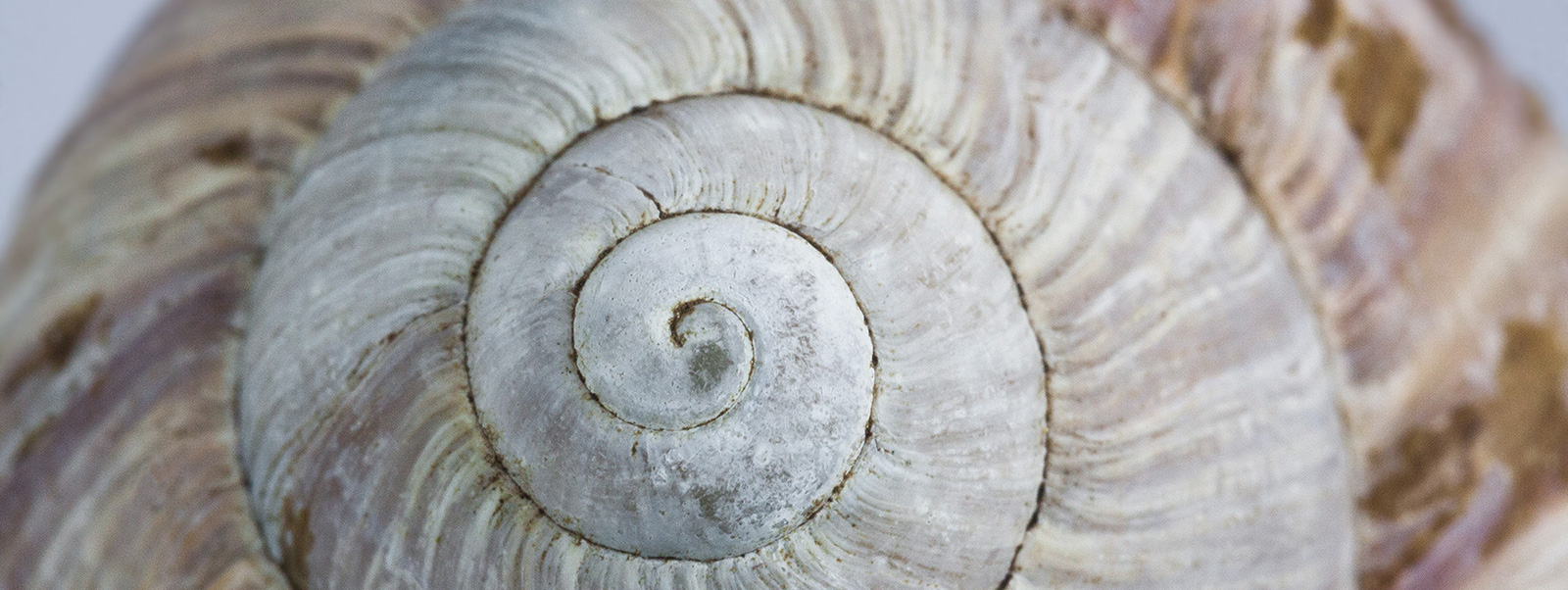Heart Shaped World
 Dark chocolates wrapped in cerise or shiny scarlet foil. The promise of red satin, the feminine fluff of pink lace, gift-wrapped in tissue paper and arranged in a heart-shaped box. This week commerce pays homage to the Heart.
Dark chocolates wrapped in cerise or shiny scarlet foil. The promise of red satin, the feminine fluff of pink lace, gift-wrapped in tissue paper and arranged in a heart-shaped box. This week commerce pays homage to the Heart.
A muscular pump that can be replaced or fixed with a set of stents? Or the source of Love that transcends our humanity? In many spiritual traditions the heart is believed to be the repository of the soul. From the lifeless bodies of lovers and poets, from the ravaged remains of chieftains and warriors, from the noble ribcages of kings and martyrs, hearts were removed, carried home and buried. Cardiologist Professor Dr. Armin Dietz writes, “If it proved impossible to either transport the body home or conserve it, the heart at least was brought home, being the seat of the soul and therefore most important part of the body.”
Some say it was the deep green curve of an ivy leaf, or the generous spread of a fig leaf that inspired potters of prehistory to carve hearts into clay. Some say it was the immaculate feathered necks of two courting swans or bright coloured flowers that fluttered like fallen hearts in a fresh spring breeze that were immortalised around the rims of bowls and slender jugs discovered in splintered shards in ancient Greek and Roman middens. In dank catacombs, in the silent vestibules of monasteries and convents, heart motifs represented a love that was paradoxically both hotly erotic and transcendent of mortal concerns. The original iconic heart might have its origins in the little seed of the silphium plant. It was highly valued all over the Mediterranean and ancient Egypt and traded from the North African city, Cyrene. It mainly used medicinally and as a contraceptive. Two simple curves that join to represent a symphony of human emotion, heart-shaped pictograms were carved into coins of pure silver. Then, just like now, hearts were bought. And sold.
Ivy leaves became the red hearts on playing cards. Red suggesting life force, the heat of passion, the white hot flame of a spiritual, eternal love. As physical love evolved into stylised courtly love, qualities of loyalty and faithfulness were celebrated in art and literature. Across the world as the broad green leaves of the Bodhi tree fell sofly onto decks of playing-cards they grew into stylised hearts too, and for the Buddhists, it was enlightenment, not earthly love that was highly prized. For the self-deprecating Jesuits, The Sacred Heart represented the painful longing for eternal life and redemption, stoked by the fires of Catholic fanatics who longed to purge and burn away anything that threatened the stone pillars of patriarchal power.
Eternal love, passion, or simply sex, the heart is a symbol that transcends culture, class and centuries of human muddle as we seek this thing called Love. So on this Hallmark day of commercial brouhaha and the echo of the death cries of the mythical martyred Valentine, let us pause a while amidst the plethora of heart-shaped second chances to speak our truth, buy those red roses, to dare to say I love you. Let us celebrate the confounding mystery of the human heart and spin like whirling dervishes, gone giddy with delicious excess, the pink and red flourish of kitsch, cheesy, craziness of it all. Happy Valentine’s Day!
Chris Isaak reminds us that this is a Heart Shaped World





